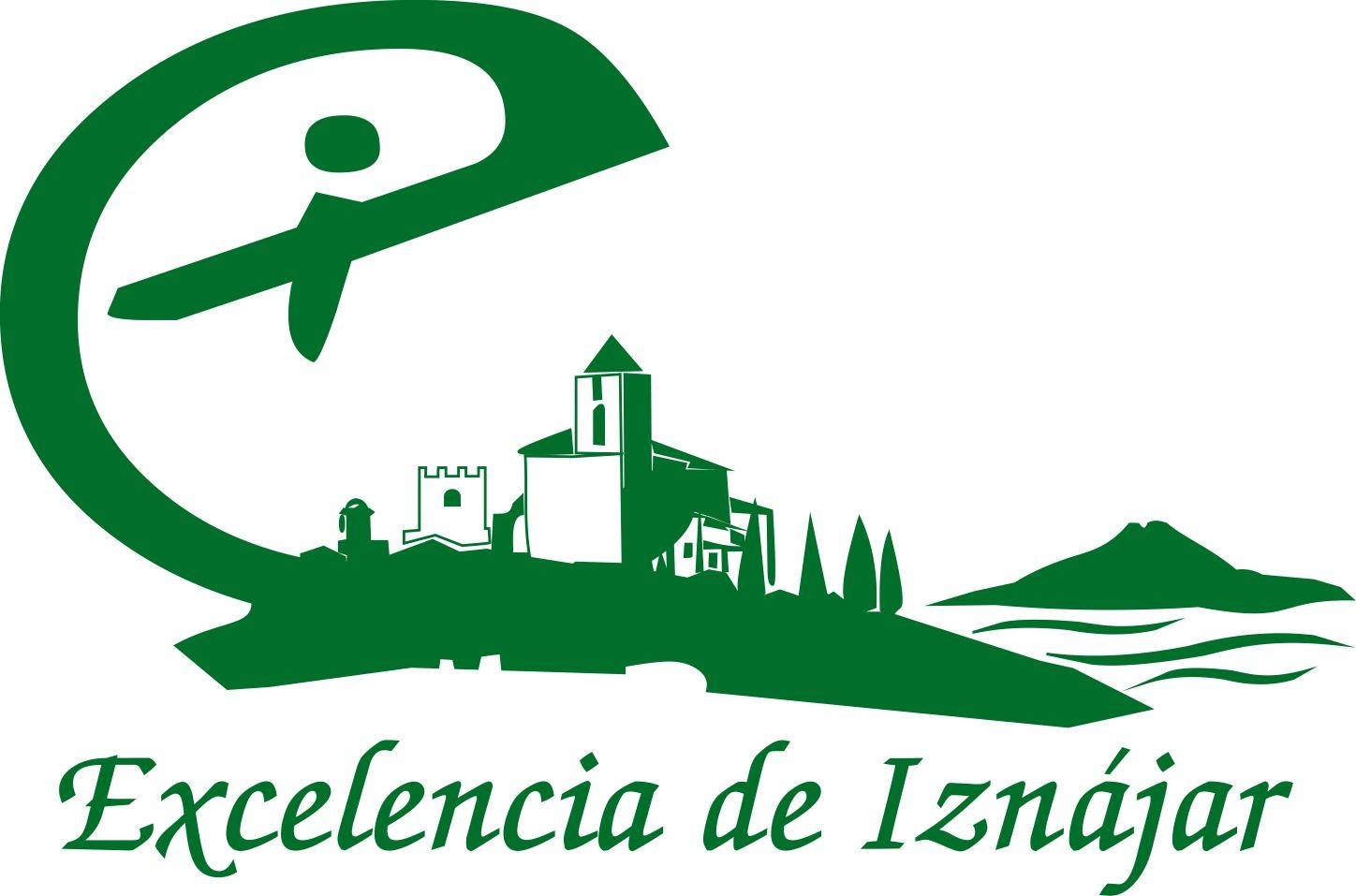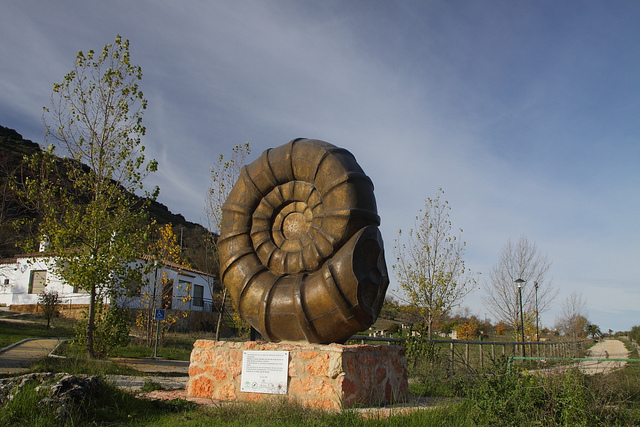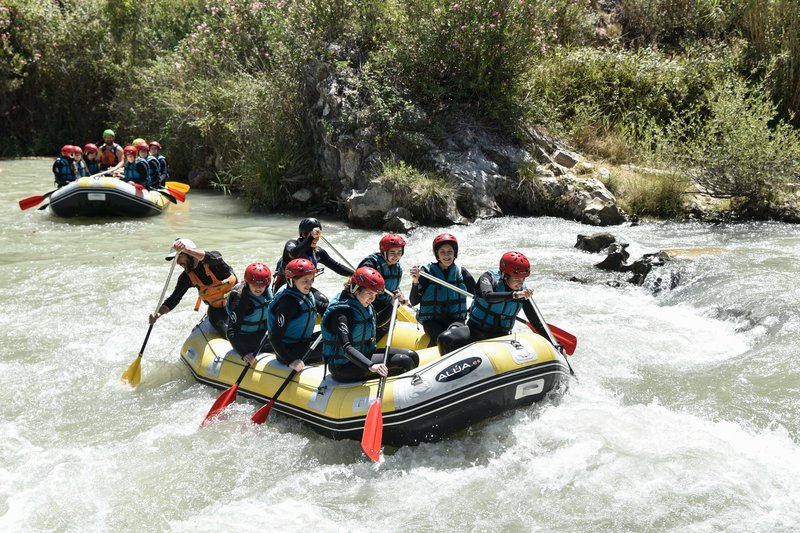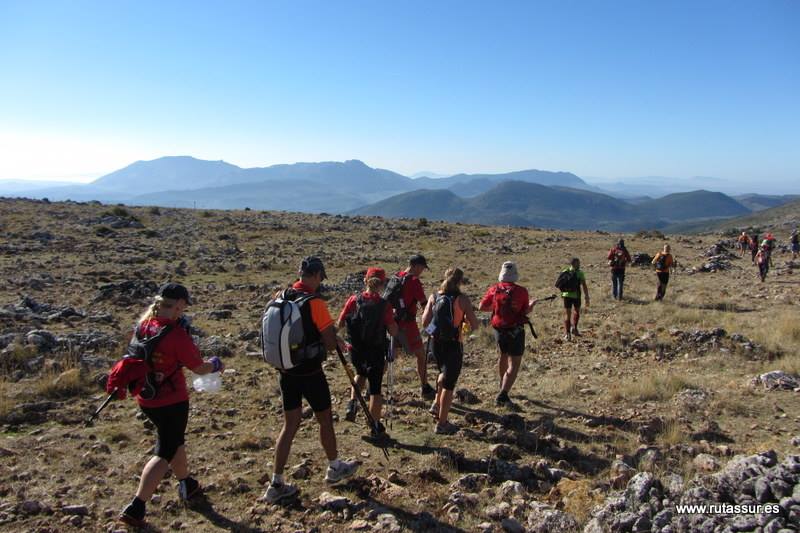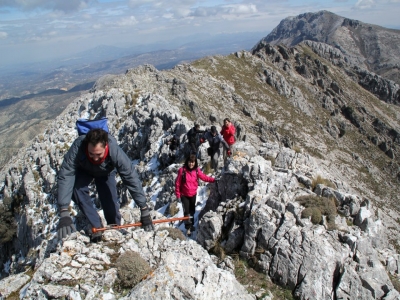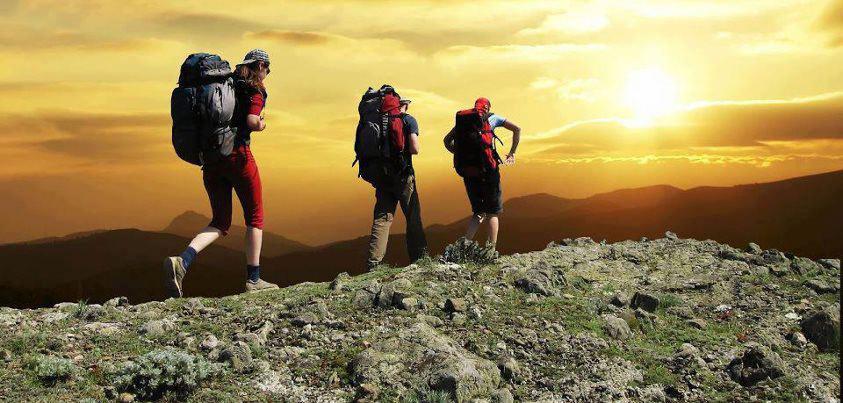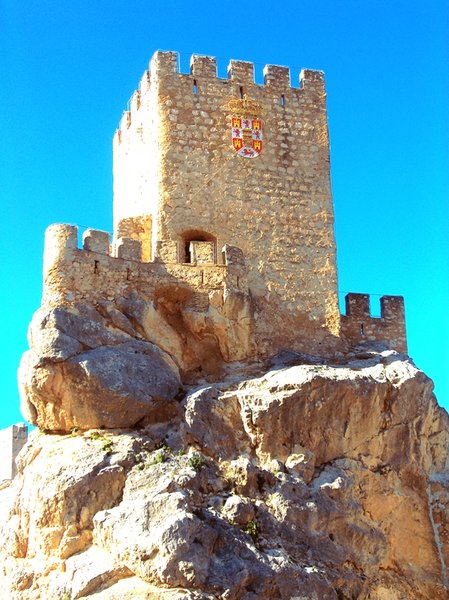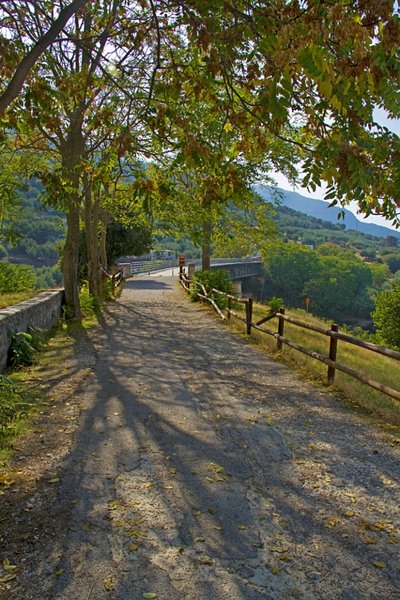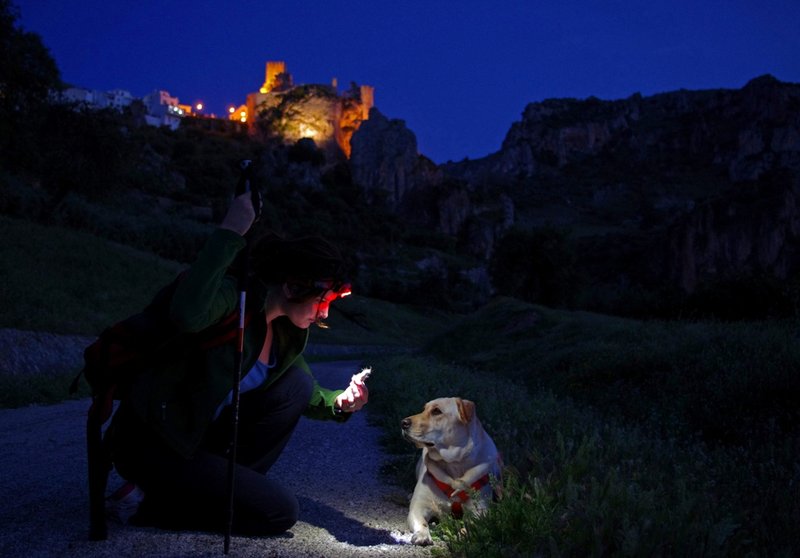Sierras Subbéticas

The Sierras Subbéticas, part of the European and World Geoparks Network approved by UNESCO since 2006 due to their geological interest, emerged from the seabed during the Alpine folding and the most beautiful story of the last 250 million years of the Earth is told in the traces of its reliefs ;… man, eager to leave his mark, has cast green wedges liquid gold.
The massif, which stands as a huge and impregnable mountainous mass besieged by the plains of Priego and Alcaudetethe valley of Antequera and the Cordoba countryside; but the water, through the dissolution of the limestone from which it is formed, has been carving reliefs at will, creating peaks, ridges and canyons, such as Sierra Horconera (Rute) and Gallinera (Carcabuey); sink-holes - Cortijo del Alto or Los Hoyones-; fertile plateaus such as the Nava polje; grooves, furrows and crests, such as the limestone pavement of Los Lanchares; and, when water is right in the heart of the mountains, it gives rise to chasms and galleries, like the chasms of Cabra and Sierra de Gallinera, the caves of Los Murciélagos and El Fraile, gorges and canyons such as the Bailón River, and finally upwellings and springs, such as the splendid Fuente del Rey in Priego and Fuente del Río en Cabra.

